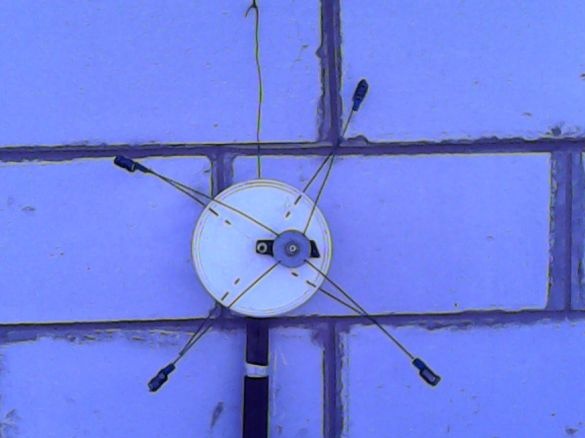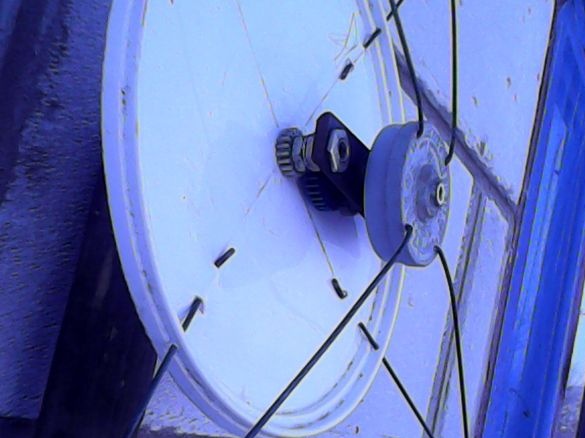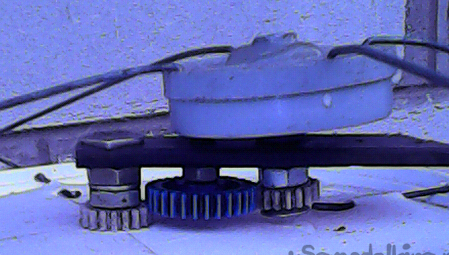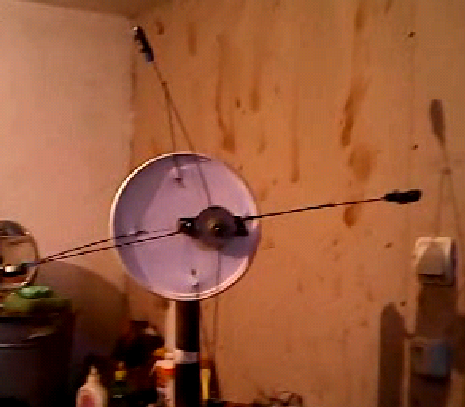The whole point is that the center of attachment of the rods with the cargo - nuts is initially offset so that the rods on one side are longer than on the other. The bottom line is that they rely on other rods initially focused in the center of the rotation disk, the role of which is performed by the lid from the bucket, which is easy to get in any store for free. The disadvantages of this particular model include a small number of beams (instead of 4 it was worth applying 8) and insufficient weight of goods at the ends of the rods (instead of 40 grams it was worth putting 150 because part of the energy goes to overcome the resistance of the mechanism and gears). Of course, preliminary experiments were carried out confirming the operability of this design, and upon its completion and testing, conclusions were drawn about the possibility of constructing two more versions of the converters 100 percent operable although somewhat more complicated in execution, and there was an understanding of how the 30 kW converter built by the Americans worked electric energy (information about it can be easily found on the Internet). And it all started with a short article about the secret of the wheel of ORPHERIUS, which I tried to reproduce.
It is worth considering the internal structure of this mechanism. It is extremely simple - and well visible in the photo. Repetition of the design in one form or another is not a big problem, I expect more from an understanding of the operability and possibility of building such devices and from the understanding that gravity is not something very complicated and devices using knowledge of it can be built today. For those who doubt the idea itself, let me remind you - mankind has been using gravity for thousands of years, because any hydroelectric power station is the simplest converter of gravitational energy into mechanical energy.




